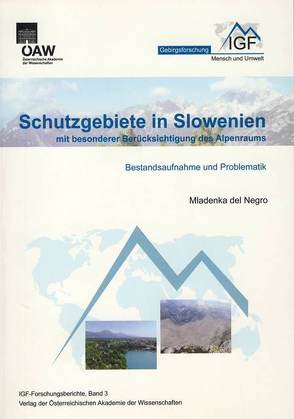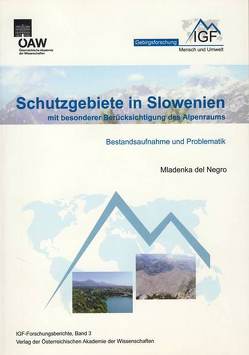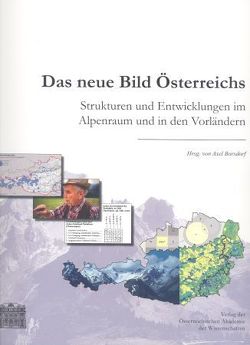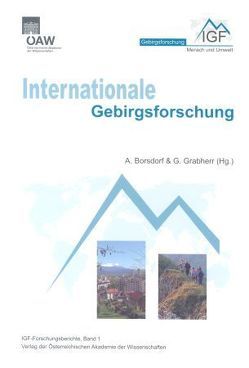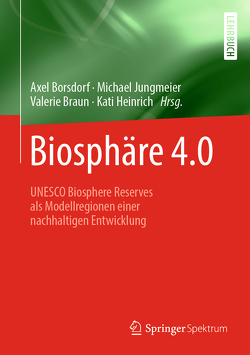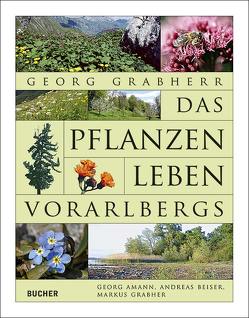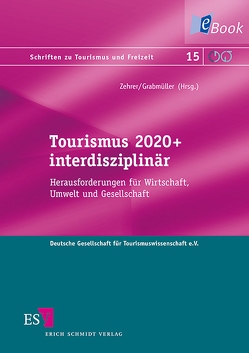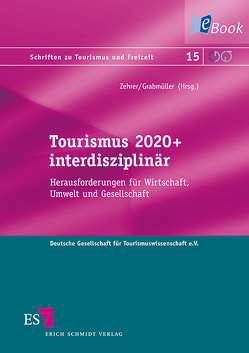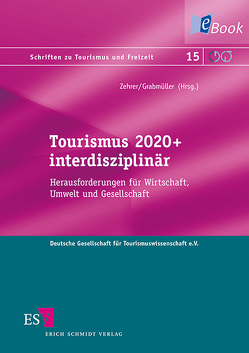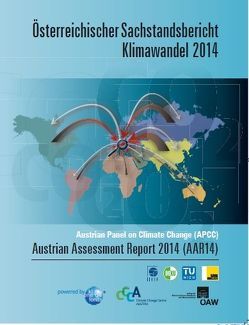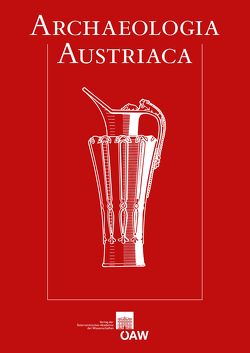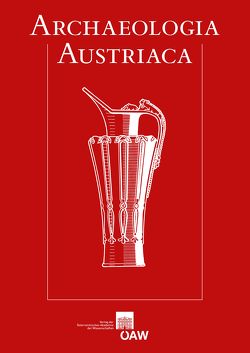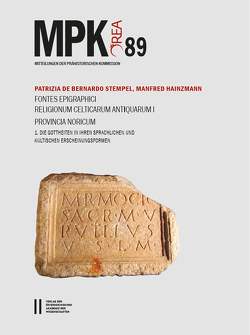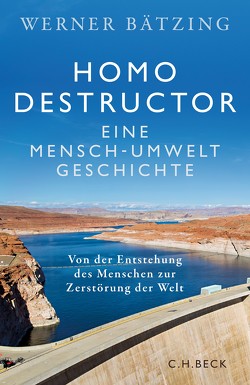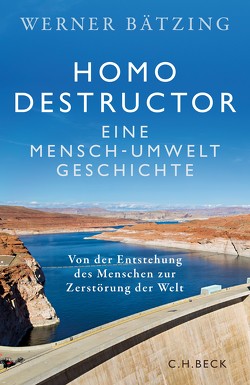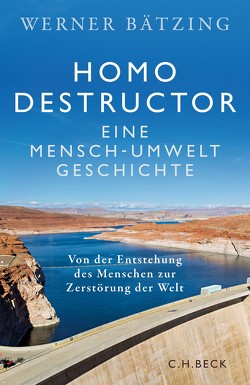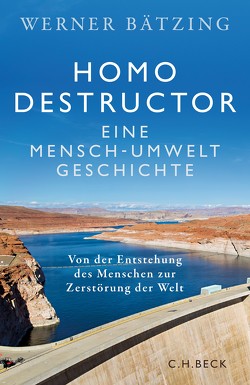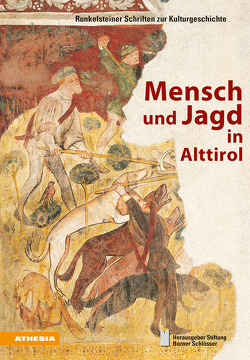Schutzgebiete in Slowenien mit besonderer Berücksichtigung des Alpenraums
Bestandsaufnahme und Problematik
Axel Borsdorf, Mladenka DelNegro, Georg Grabherr, Johann Stötter
Der Druck der Freizeitindustrie auf noch unerschlossene Räume, der Wandel der Landwirtschaft in Richtung Intensivierung einerseits und Extensivierung andererseits, der Raumbedarf für expandierende Siedlungen und damit verbundene Infrastruktureinrichtungen erfordern neue Konzepte und Strategien. Dies gilt für alle Alpenstaaten. In Slowenien kommen der Wechsel des politischen Systems dazu und die damit gewachsenen wirtschaftlichen Chancen, die Schutzgüter des Landes zu vermarkten und Profit in Nutzungsformen wie Fun-Tourismus zu suchen. Die Dissertation stellt ausgehend vom Status quo mit Schwerpunkt auf Schutzgebietssystemen dar, welche Planungen von Seiten des slowenischen Staates vorgesehen sind. Dem folgen Ausführungen zu Akzeptanzproblemen und daraus resultierende Konflikte in der Gesellschaft und der lokalen Bevölkerung, die an einigen Beispielen (u.a. Nationalpark Triglav, Biosphärenpark Julische Alpen) vorgeführt werden. Bei vielen Entscheidungsträgern in Slowenien herrscht die Meinung vor, dass durch Schutzmaßnahmen die wirtschaftlichen Optionen für die Zukunft verbaut würden. Das ökonomische Potential nachhaltiger Landschaftsentwicklung wird noch nicht gesehen. Die Regierung Sloweniens will Schutzgebiete gründen und so zu einer nachhaltigen Entwicklung beitragen, aber fehlendes Wissen, zu geringe finanzielle Mittel und unzureichende Managementstrukturen erschweren die Gründung und Weiterentwicklung der alten, vor der Sevilla-Strategie 1995 eingerichteten Schutzgebiete: Sie bleiben reine Forschungsstätten und dienen ausschließlich dem Naturschutz.
…
New concepts and strategies are needed to manage the pressure put on regions as yet unexploited by the leisure industry, changes in agriculture towards intensive farming on the one hand and extensive farming on the other, and the space needed for urban expansion and the infrastructure it requires. This is true for every Alpine country. In Slovenia the issue is compounded by the recent change to the political system which has brought increasing economic opportunities for marketing the country´s protected areas and for profit to be made from their use, for example, for fun-tourism. Starting with the status quo and focussing on the country´s arrangements for protected areas, the dissertation goes on to present the plans the Slovenian state intends to implement. This is followed by an exposition of the problems of public acceptance of the plans and the resulting conflicts in society and among the local population, illustrated with examples such as the Triglav National Park in the Julian Alps biosphere reserve. Many of Slovenia´s policy-makers are convinced that introducing conservation measures would ruin future economic opportunities. Thus far the economic potential of sustainable countryside development has not been recognised. Slovenia´s government wants to set up protected areas and thereby contribute to sustainable development, but a lack of expertise and finance as well as inadequate management structures are hampering the establishment and further development of the old protected areas which were set up before the 1995 Seville Strategy and are purely research facilities devoted solely to nature conservation.
